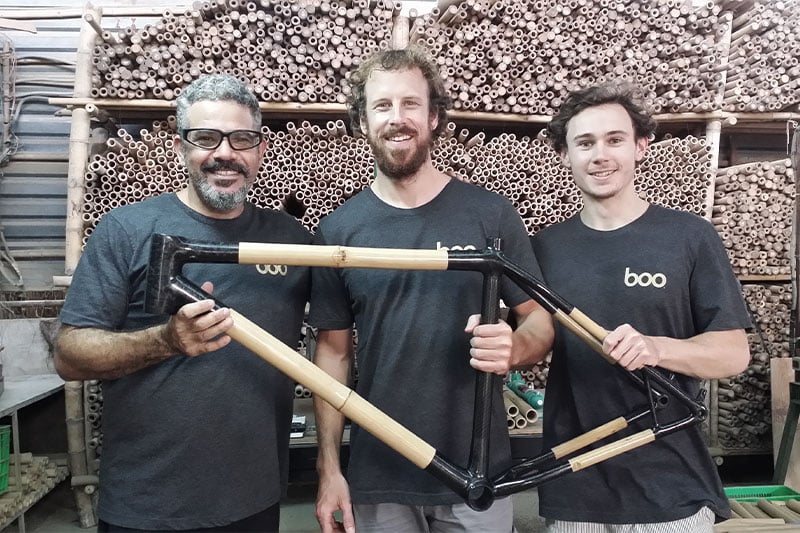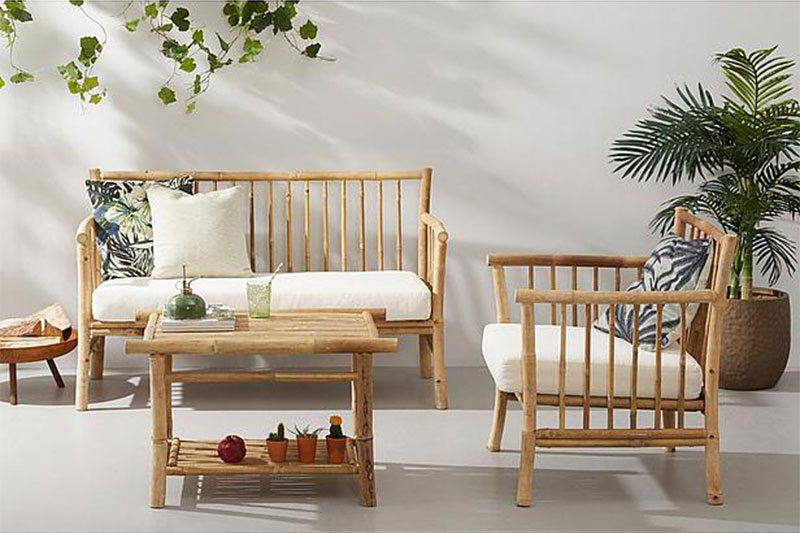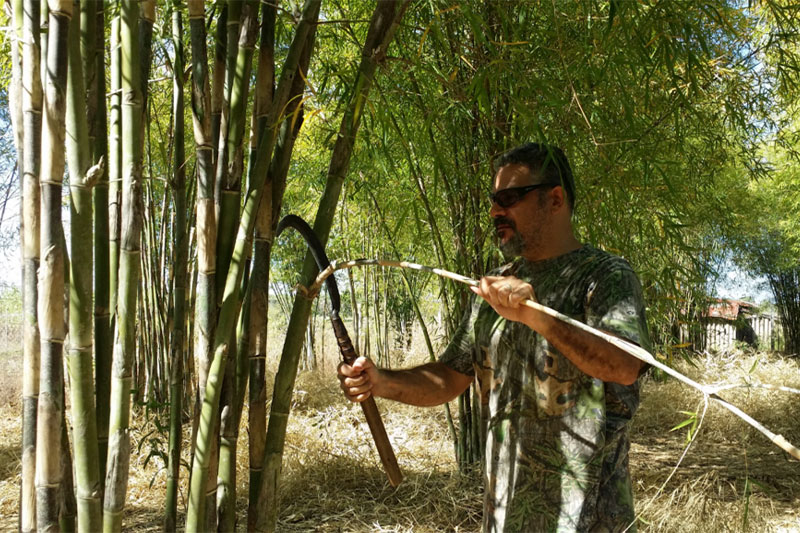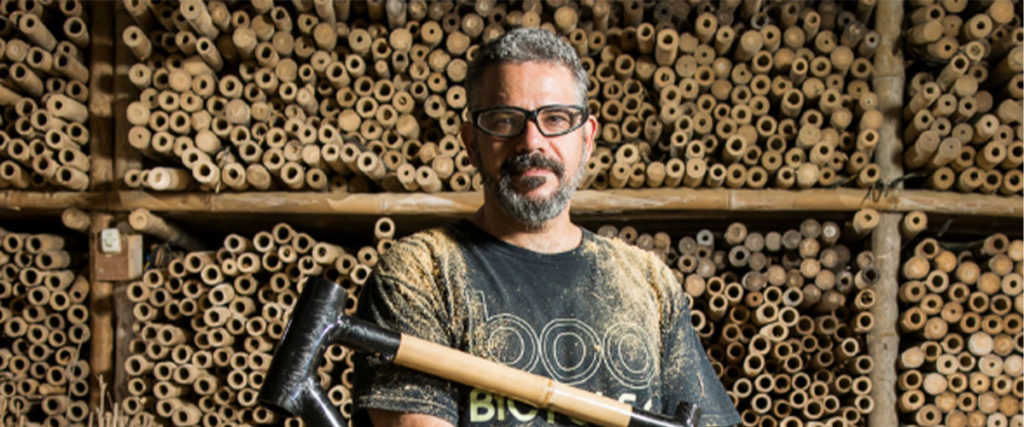Bamboo has the tensile strength of steel and the compressive strength of concrete. Vietnam-based bamboo designer James Wolf wants to unleash the potential of this superpowered material with his brand Bamboo Master.
For centuries, bamboo was used as one of Asia’s primary building materials. Pushed to the background in the huge surge of building seen in metropolises around the continent over the last century, a cadre of designers are now fighting to bring this sustainable superpowered material back to the fore. One of them is James Wolf, founder of Vietnam-based brand Bamboo Master.

An industrial design graduate from the Rhode Island School of Design, James originally launched his own furniture business in the US and apprenticed under a master wood furniture maker in Japan. But, thanks to awareness sparked as a child, he was constantly on the lookout for a green alternative to timber. “I was totally aware of all the trees and how old each one was. I thought, if we keep cutting down trees, there’s no way that nature can keep up with the demand of humans.”
In 1995, he ventured out to Vietnam, where he found not only boundless economic opportunities, but also an abundant supply of bamboo. “I got involved in the bamboo business the second day I came here, making architecture, furniture, flooring. That’s what brought me here and kept me here,” he says. More than two decades on, his passion for bamboo is still unwavering. “I always think, if I were rich, I would do what I’m already doing every day: design and make cool things out of bamboo,” laughs the artisan.

In 2008, he founded Bamboo Master together with his wife Lam. They specialise in designing and building high-quality, custom-made products ranging from furniture to home and garden decor and construction materials for clients all over the world. They source their bamboo on their doorstep – from their own farm in Baria Province, as well as from other growers in Central and Southern Vietnam and Cambodia. James sees his work as an attempt to counter the trend of “planned obsolescence” rife in design where products are designed to fail after a certain year. “Sustainability is the biggest driver at Bamboo Master,” he states. And that means creating something that will last, looks sleek, and has a low impact on the environment.
Bamboo has all the qualities James needs to achieve just that. A fast-growing, grass plant commonly found in Africa, Asia, and South America, bamboo releases 35% more oxygen than trees. Unlike trees, which can take as long as 40 years to regenerate after being harvested, bamboo poles can quickly replenish in a few months and then be harvested again without causing soil degradation. It’s strong, too – it has the tensile strength of steel and the compressive strength of concrete, but is much less energy-intensive than any of those man-made materials.

According to forestry management firm Ecocrops International, the global bamboo market is estimated to be worth approximately USD 60 billion, whilst annual growth is estimated to be approaching nearly USD 2 billion a year. Still, James is quick to point out that misconceptions remain some of the biggest obstacles to mainstream adoption. “A well-educated person once told me that making stuff out of bamboo was taking away the food supply of pandas,” he laughs. “And a lot of people think it’s not of good quality, that it won’t last.” In addition, bamboo also has a hard time shaking off its association with poverty, a perception that prevails especially in Asia. “If you live in a bamboo house, you want to live in a wood house; if you’re living in a wood house, you want a cement house. No one wants to go back down the track,” he explains.
To reverse this scepticism, James is determined to explore the hidden potential of the material with his various projects. Recently, he’s built bamboo bicycle frames in partnership with experts from around the world, including a testing engineer from Switzerland and a mechanical engineer from the UK. Now, he has his sights set on bigger things. “I’d like to do more architecture – perhaps a bungalow or hotel structure where everyone can come together to stay and work with bamboo,” he says. As he puts it, “As a designer, any successful product that I can make from bamboo is a relief to the environment.”
Related Articles
Dat Bike: Electrifying Vietnam’s Roadmap to Sustainability
British Adventurer Rob Lilwall Shares His Thoughts on Embracing Challenges





